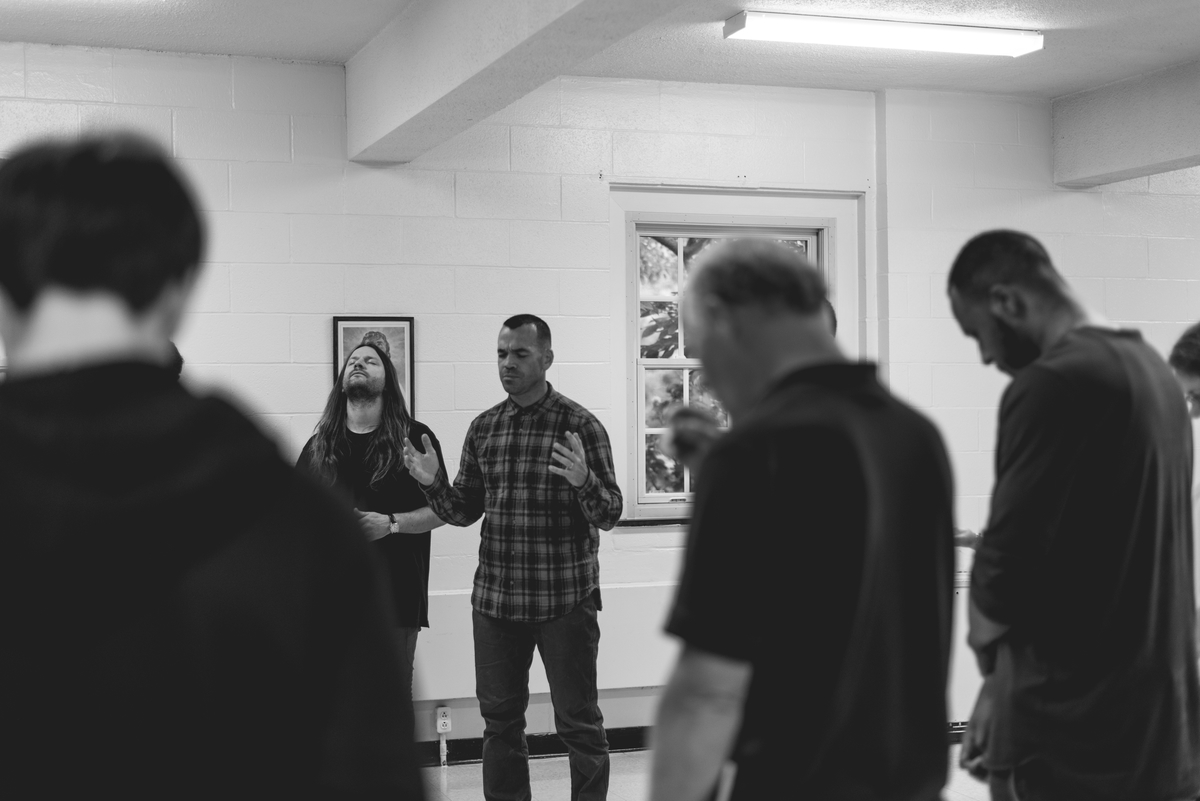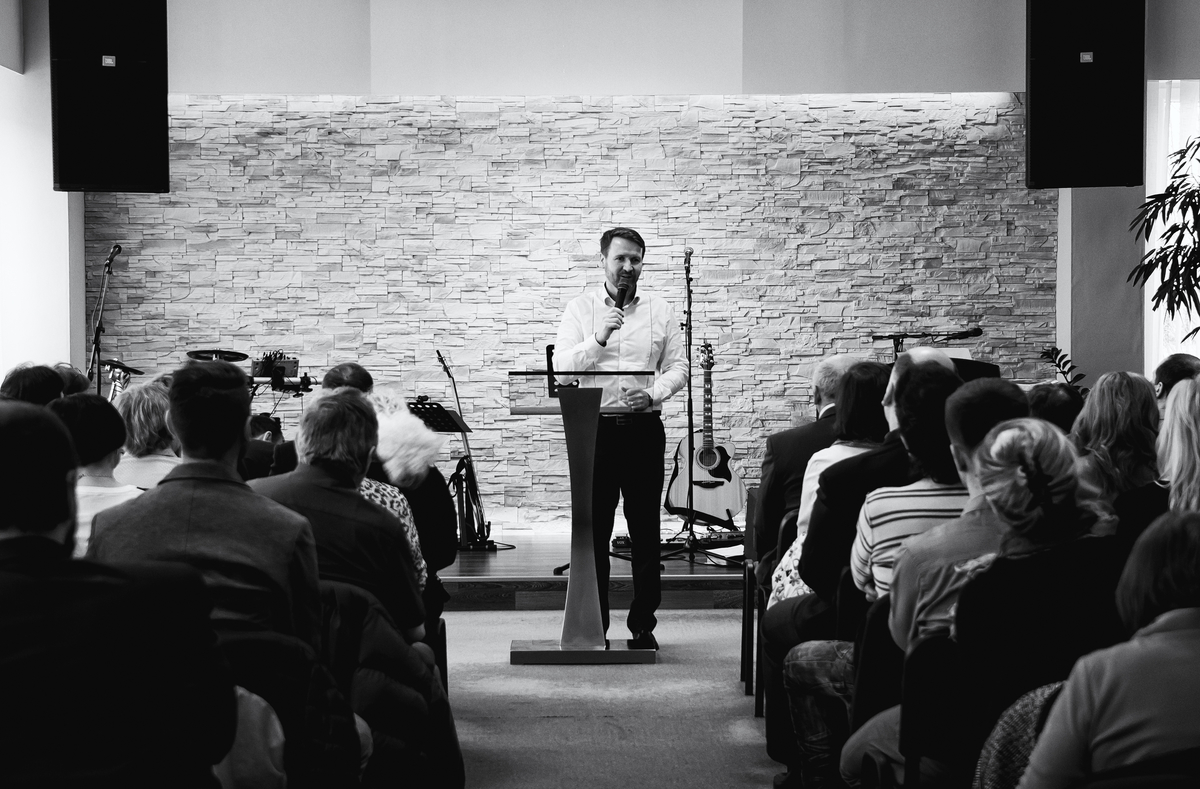The Apostle Paul challenged the church in Philippi to “make my joy complete by thinking the same way, having the same love, united in spirit, intent on one purpose” (Philippians 2:2). Paul was writing to a diverse group of people as the church in Philippi was filled with Jews and Gentiles, men and women, young and old, wealthy and poor, former slaves and Roman guards (see Acts 16) and yet he encouraged them to be one. Their unity around what was most important to them did not crush their diversity; instead, it showed a spotlight on the source of their unity—the gospel.
Wise leaders invite teams to unite around beliefs, values, and even thinking. A lot has been written and said about the importance of beliefs and values, and rightly so. In a ministry context, seasoned leaders recruit and train based on “here is what we believe” (our doctrines) and “here is who we are” (our values). It is kind to be upfront with people as they join the team and wise to continually train the team around what is most important. There is great power in a team united around what they believe about Jesus and how they live together to fulfill the mission He has given them. An additional layer that can be helpful to the team and to each person is “here is how we think” (our thinking).
- Beliefs: the doctrinal positions that we hold and teach
- Values: the values that guide our behavior
- Thinking: the frameworks that help us make decisions
Leaders and teams are wise to document beliefs in position papers and values in sticky statements so both can be communicated from person to person and to the team as a whole. How can leaders help their teams think, just as position papers help capture beliefs and value statements help capture values?
What tools can help capture how a team thinks?
I define a thinking framework as a tool that frames a concept or context and impacts how one thinks about that concept or context. A thinking framework is a tool that frames a weighty or profound truth in a simple and actionable manner. It is not simplicity on the easy side of complexity, but the sophisticated simplicity on the other side of the complexity. Of the desire for simplicity that captures depth of thinking, Oliver Wendell Holmes said, “For the simplicity on this side of complexity, I wouldn’t give you a fig. But for the simplicity on the other side of complexity, for that I would give you anything I have.”
Over the last twenty years, when leading a team as or consulting with a group of leaders, I have often sketched out a framework on a dry erase board to explain a concept or spark a discussion. Some of the frameworks have been just another brainstorm session, but some of the frameworks have really resonated. You have seen those moments. Moments when people take moleskins out of their bags and sketch the framework for themselves or take out their phone and capture the image with their camera. Over the next several months I am going to share a dozen or so thinking frameworks that have impacted me the most, and the ones I have often used with teams.





